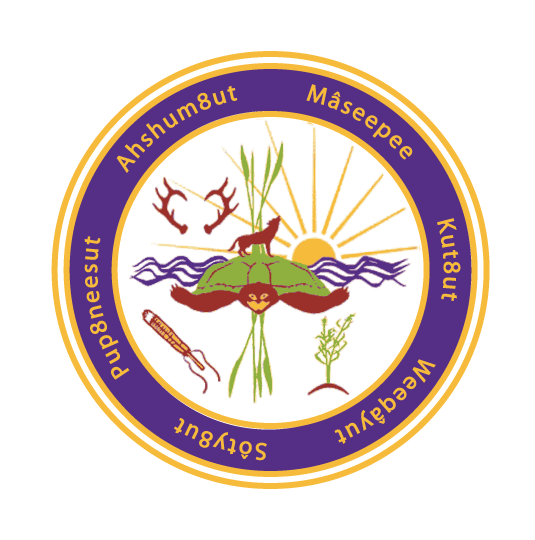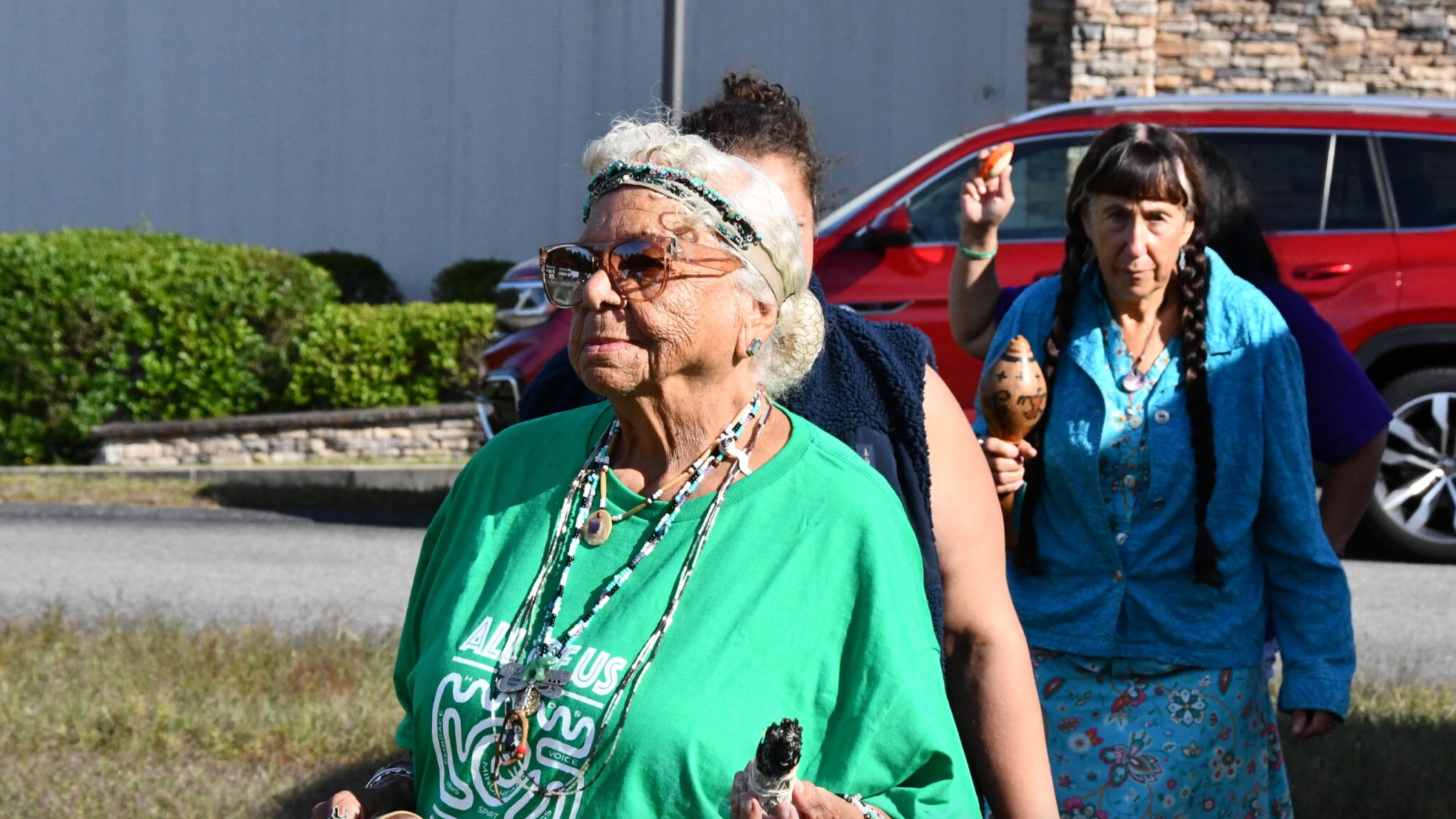Stomp Day 2025
Singers, dancers, culture keepers, and community members came together last month to take part in Stomp Day, A Day of Healing, on our reservation lands. The concept of Stomp Day originated in part from Tribal Member Robert Peters, who had witnessed stomp dances being used to support families struggling with addiction. The vision then emerged to host a Stomp Day, where community members would etch a healing path into the ground through 24 hours of continuous stomp dances. The path would then serve as a way to memorialize all touched by addiction, suicide, abuse, murder, and symbolize the healing of Mother Earth.
Before Stomp Day commenced, the path was marked out on the ground with spray paint and lightly mowed to help dancers see the trail they were to follow. Robert intentionally designed the path with each section symbolizing different parts of us as physical and spiritual beings. "This is our healing path that we made to honor the spirits and the people we lost to addiction, to suicide, violence, generational trauma, and to heal the earth," he said.
The goal for the day was to have several groups of dancers take turns participating in stomp dances continuously for 24 hours until the symbol was etched into the grass. This feat was ambitious and, to some, seemed impossible at first. A day like this was something that the organizers had not seen done before, and they were unsure what to expect. However, with the community's support, the event was "meaningful for all" according to Robert, and being able to continue the stomp dances through the night was a very rewarding part of the process.
Now that the path is established in the ground, Robert says it is up to the community to see if it stays there. "We have to use it for it to remain there. How we use that is up to us as a tribe." Discussions have been held about making Stomp Day an annual event, as well as exploring other ways to utilize this healing space as a community.
Robert and the team from Boston's Indigenous Public Space Initiative would like to extend a special thank you to Tribal Council, Jermaine Peters, Desire Hendricks, Anita Peters, Stephanie Tobey, and Adam Jonas for their support in making this event possible.



